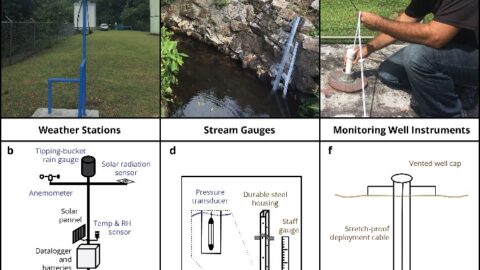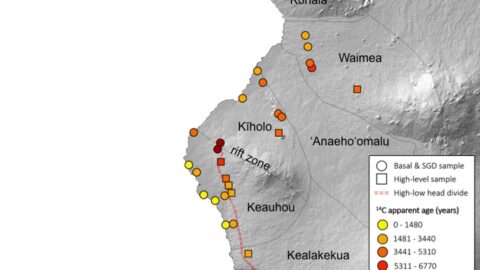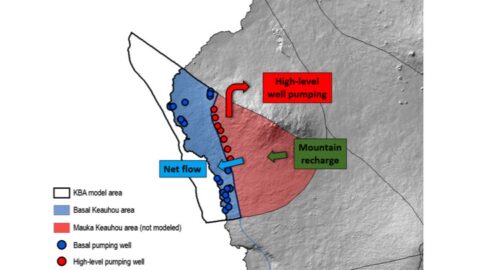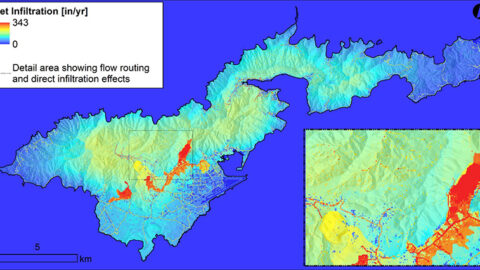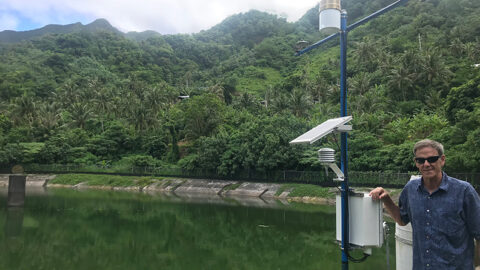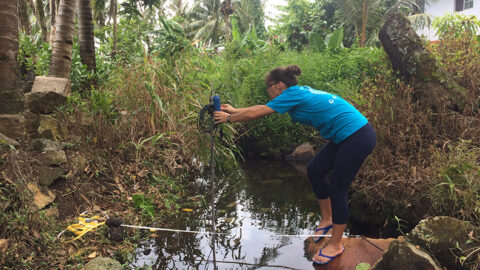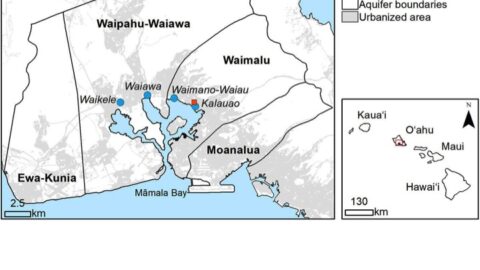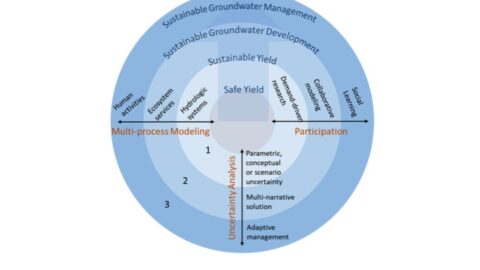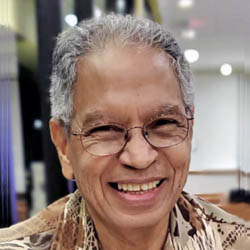
E-MAIL: ELKADI@HAWAII.EDU
RELATED WEB PAGE: VIEW
EDUCATION:
- PhD, Groundwater Hydrology, School of Civil and Environmental Engineering, Cornell University, Ithaca, New York, 1983
- MS, Surface Water Hydrology, Ain Shams University, Cairo, Egypt, 1976
- BS, Fluid Mechanics and Hydraulics, Ain Shams University, Cairo, Egypt, 1971
FIELDS OF INTEREST:
- Watershed modeling and analysis
- Application and assessment of various types of groundwater models
- Modeling multiphase flow and transport of hydrocarbons
- Numerical modeling
- Flow and transport in field soils
- Databases and geographic information systems
- Bioremediation in tidal aquifers
- Contamination by agricultural and cesspool sources
Aly I. El-Kadi is a Professor Emeritus of hydrology in the department of Earth Sciences. His teaching and academic interests focused on hydrogeology and groundwater modeling. Professor El-Kadi is also an Affiliate Faculty researcher and Professor Emeritus at the Water Resources Research Center where his research interests covered a wide range of topics including climate change effects on water resources sustainability, numerical modeling, and modeling multiphase flow and transport of hydrocarbons.
Professor El-Kadi was the Associate Director (2000–2018) of the Water Resources Research Center, which serves the state of Hawaiʻi and other Pacific islands by researching water-related issues distinctive to the region. Between 2016–2022, he was also a member of the ʻIke Wai leadership and research teams. ‘Ike Wai was an EPSCoR project that was supported by the National Science Foundation. EPSCoR stands for Experimental Program to Stimulate Competitive Research, and ‘Iki Wai was aimed at increasing the understanding of Hawaiian island hydrology. The main objective of the project was to provide improved data for decision-making tools that address the challenges to water sustainability from climate variability, increasing population demands, and water contamination. His research for the project covered groundwater modeling and studied the increasing stress placed on Hawaiʻi’s aquifers due to factors associated with population growth, economic development, and climate change. Professor El-Kadi’s work expanded beyond Hawaiʻi to include projects in American Samoa and Jeju Island, Korea.
Professor El-Kadi earned his Ph.D. in Groundwater Hydrology from the School of Civil and Environmental Engineering at Cornell University in Ithaca, New York, an M.S. in Surface Water Hydrology from Ain Shams University, and a B.S. in Fluid Mechanics and Hydraulics from Ain Shams University located in Cairo, Egypt.
